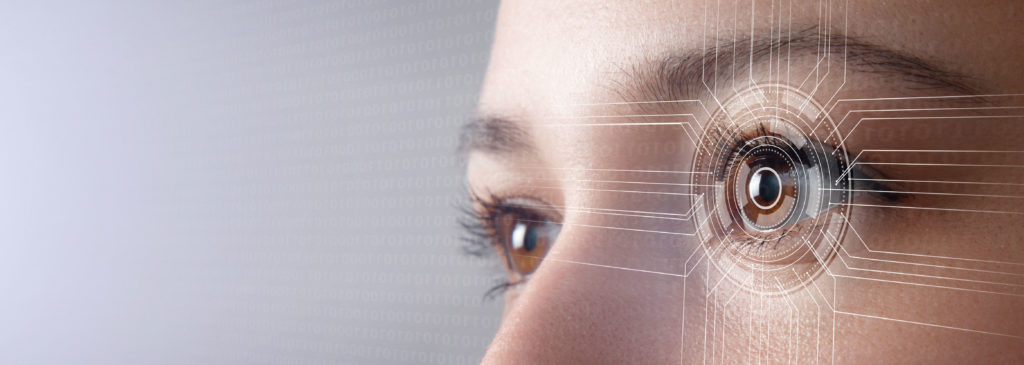Who Sets the “Standard”? Enabling Interoperability in Ophthalmic Image Analysis
Who Sets the “Standard”? Enabling Interoperability in Ophthalmic Image Analysis

Why are standards needed in ophthalmology?
The evolution of data science and artificial intelligence has made standards a pressing issue. Ophthalmology has the most imaging technologies and imaging device manufacturers of any field in medicine, and yet most ophthalmic imaging device manufacturers do not utilize a standardized DICOM format to store or transmit these images, despite its maturity and proven worth in radiology. More often than not they use proprietary formats that generally cannot be opened by open-source viewers, which creates many challenges in both clinical practice and research.
The adoption of standards is needed in support of reproducible outputs, so that the same data generates the same results, and that these findings are verifiable across devices or across multiple registries of patient data. With current standards this is rarely achieved despite some key initiatives in this direction. Furthermore, the absence of commonality reduces available sample sizes and thus compromises the fidelity of analyses, generating widespread questioning and critiques when published in articles and journals. This all slows progress in both clinical research and trials.
What are the barriers to adopting standards?
The most significant barrier to the adoption of the DICOM standard has been the lack of sufficient pressure on the device manufacturers to comply, compounded by the fact that ophthalmic device output falls into a grey zone of regulations. Unlike other medical device format regulations, DICOM adoption is voluntary. The device manufacturers generally prefer to use their own proprietary format which may be quicker and easier for their internal software and algorithm development, and makes it harder to switch manufacturers as new technologies become available.
What could the future of ophthalmology look like?
By overcoming the challenges of adopting standards, the ophthalmic ecosystem will experience interoperability that will substantially improve efficiencies for researchers and clinicians. The National Eye Institute (NEI), Office of the National Coordinator for Health Information Technology (ONC), and the Food and Drug Administration (FDA) have committed to helping the industry achieve that goal. In May of 2022, the NEI, ONC, and FDA held a joint workshop promoting adoption of ocular imaging standards. There was a push for file specifications to be released from the manufacturers of devices and several vendors announced their commitment to adopting standards. Out of this workshop came a renewed commitment to DICOM (WG9) as well as a promise of future healthcare connect-athons to demonstrate ophthalmic interoperability. The summary of this workshop can now be found on Zenodo.
By the end of 2022, ONC has mandated that device manufacturers will no longer be a certified healthcare IT vendor without a standard describing data formats and elements, as well as an application programming interface for exchanging electronic health records. With this new commitment to DICOM, the future will bring more manageable, reproducible results, and improved outcomes to the ophthalmology space for operations, clinical care, and research.
To learn how the new iNebula platform enables interoperability in ophthalmic image analysis and efficient clinical trial management, visit voxeleron.com or get in touch to request a demo.
Sources:
ARVO 2022 Speaking Session: Improving data quality and interoperability through adoption and expansion of ophthalmic data standards
